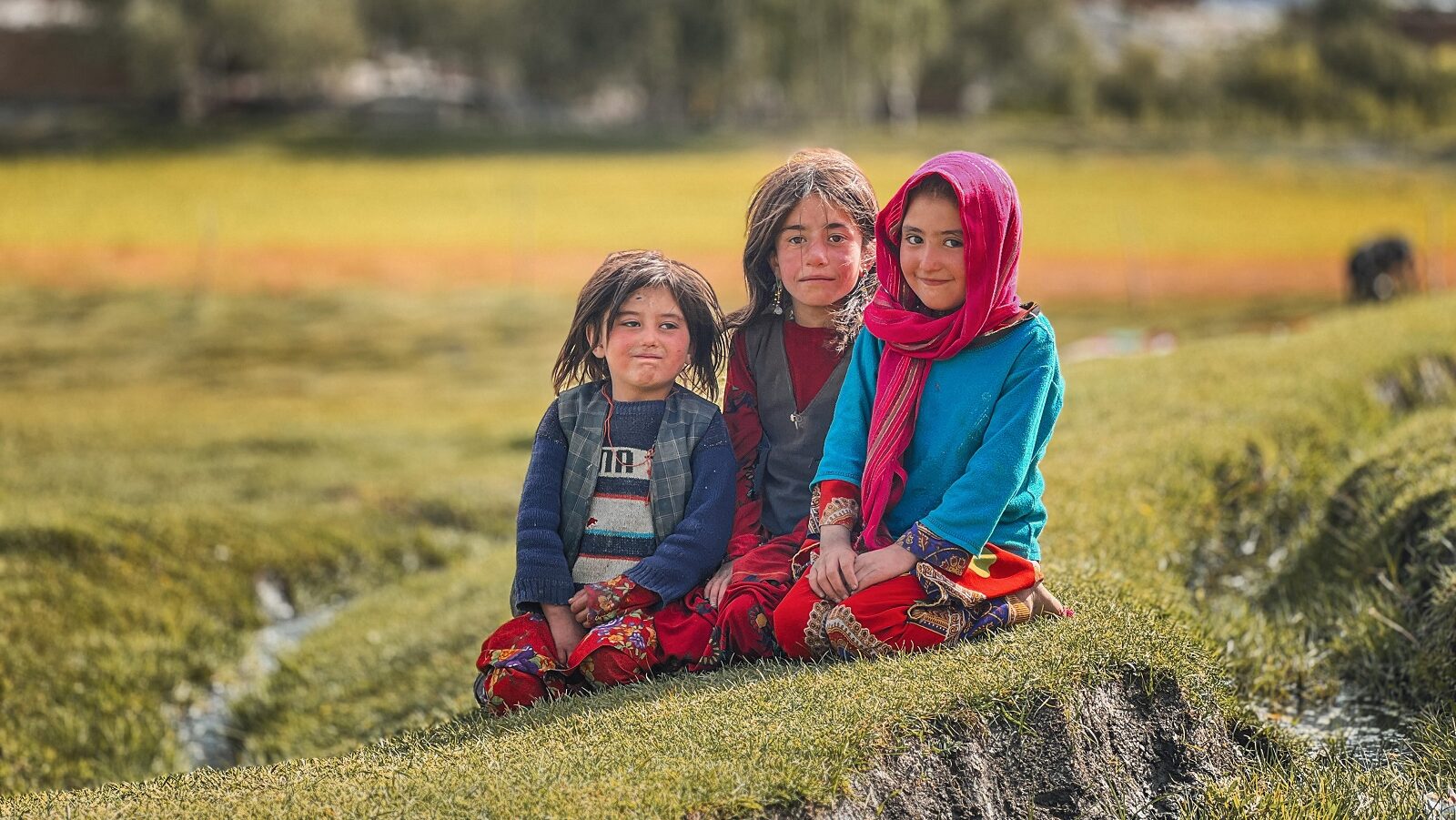Capturing Resilience: Afghan Photographer Points a Lens on the Beauty and Complexity of His Misunderstood Country
Emran Wadan, 24, is using his camera to promote a more positive image of war-torn Afghanistan, revealing its stunning natural landscapes, rich history, diverse cultures, and resilient people
[Islamabad] For many, the word Afghanistan brings to mind images of a war-torn region afflicted by bombs, starvation, and poverty. Alongside these images, though, Afghanistan is at once a country rich in culture and diversity, adorned with magnificent green mountains, valleys, and snow-capped peaks.
The young Afghan photographer Emran Wadan is using his medium to promote a positive image of the country, revealing the mysterious and historical facets of Afghanistan that are often overlooked.
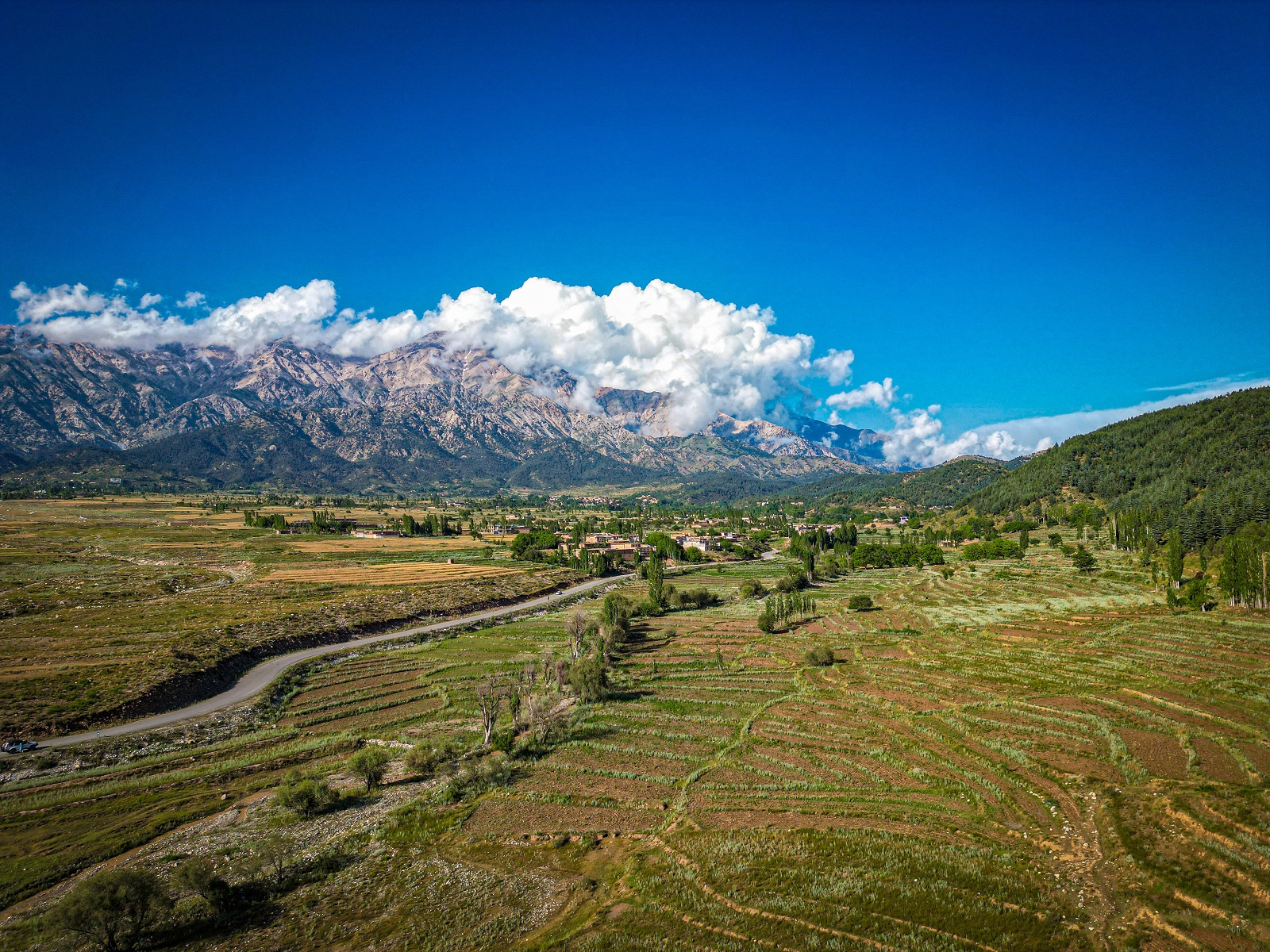
(Courtesy Emran Wadan)
Wadan, 24, was born and raised in Kabul. He purchased his first camera at age 16 for $350, money which he had saved from his pocket money. At an age when most are still finding their path, Wadan has taken up the mantle of capturing Afghanistan with his camera.
“I am struggling to display the soft image of my homeland, the stunning and historical landscape of Afghanistan, and the smiling faces of the people of Afghanistan,” he told The Media Line.
My sole mission is to shatter the narrow confines of preconceived notions about Afghanistan and present it to the world as a land rich in history, culture, and humanity
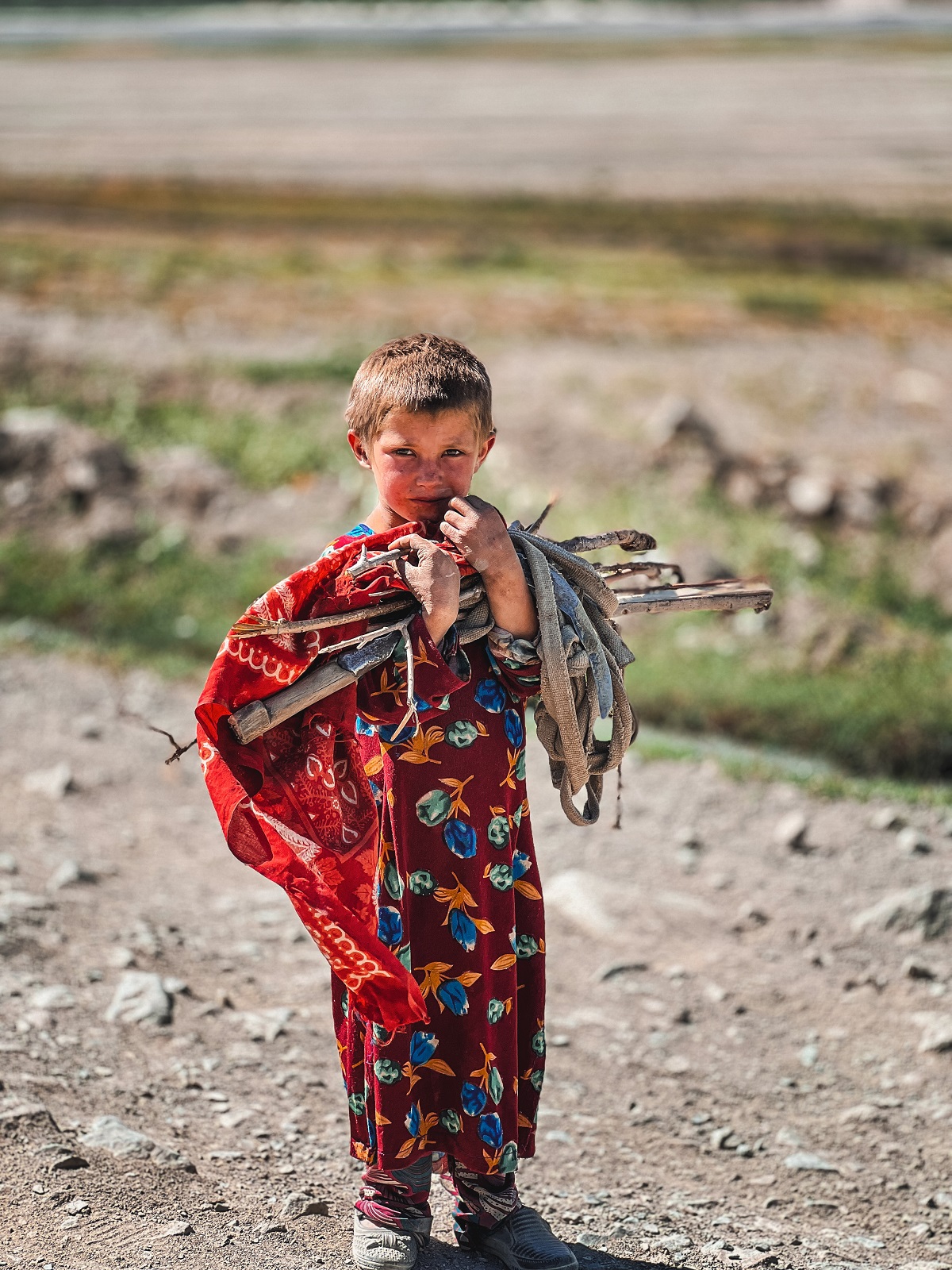
(Courtesy Emran Wadan)
His photography goes beyond mere visuals, weaving narratives between the war-torn landscapes, sacred sites, and hidden narratives that define Afghanistan’s past.
“My sole mission is to shatter the narrow confines of preconceived notions about Afghanistan and present it to the world as a land rich in history, culture, and humanity,” he said of his art.
Wadan described facing challenges but noted that his father and brothers have been supportive of his work as a photographer.
“Despite the challenges that come with me being a young photographer, I want to navigate through the war-torn landscapes and ancient alleyways, documenting the daily lives and triumphs of my compatriots,” he said.
Wadan’s father, Fida Muhammed, a retired municipal official, told The Media Line that his son grew up in a fraught environment. “Suicide attacks and gunshots could be heard in Kabul at all hours of the day and night,” he said.
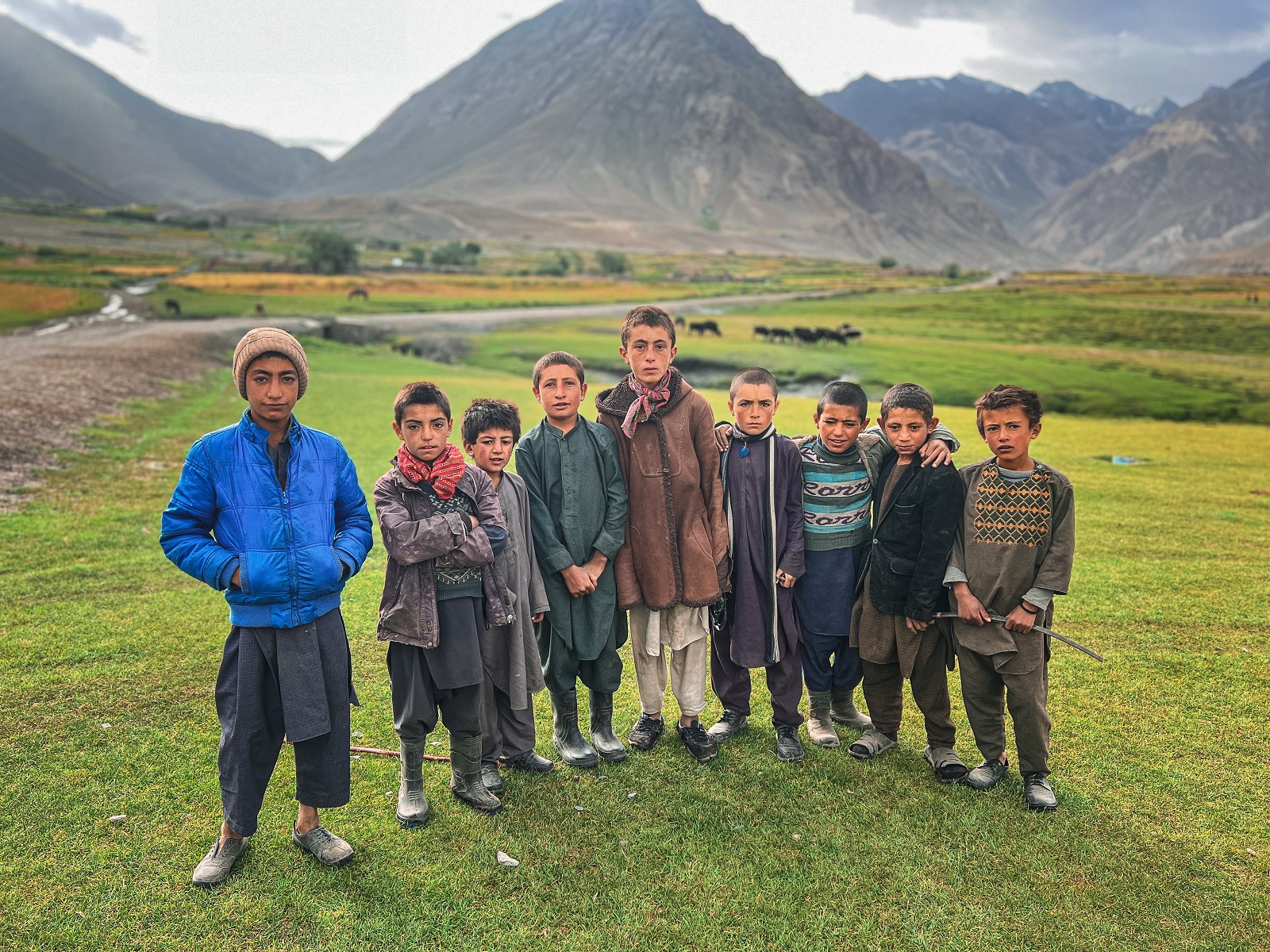
(Courtesy Emran Wadan)
“Unlike other guys of his age, Emran pursued his passion and is today an enthusiastic photographer who loves his motherland,” Muhammed said.
Wadan’s most notable work in photography so far is his depiction of the Wakhan Valley of Badakhshan.
The Wakhan Valley, nestled in the heart of Central Asia, is a place of captivating natural beauty and rich cultural heritage.
This remote and relatively untouched region lies at the crossroads of Tajikistan, Afghanistan, Pakistan, and China, making it a unique and geopolitically significant area.
Surrounded by towering peaks of the Pamir and Hindu Kush mountain ranges, the valley offers breathtaking vistas of rugged landscapes, deep gorges, and meandering rivers. The area is known as one of Asia’s most remote and gorgeous locations.
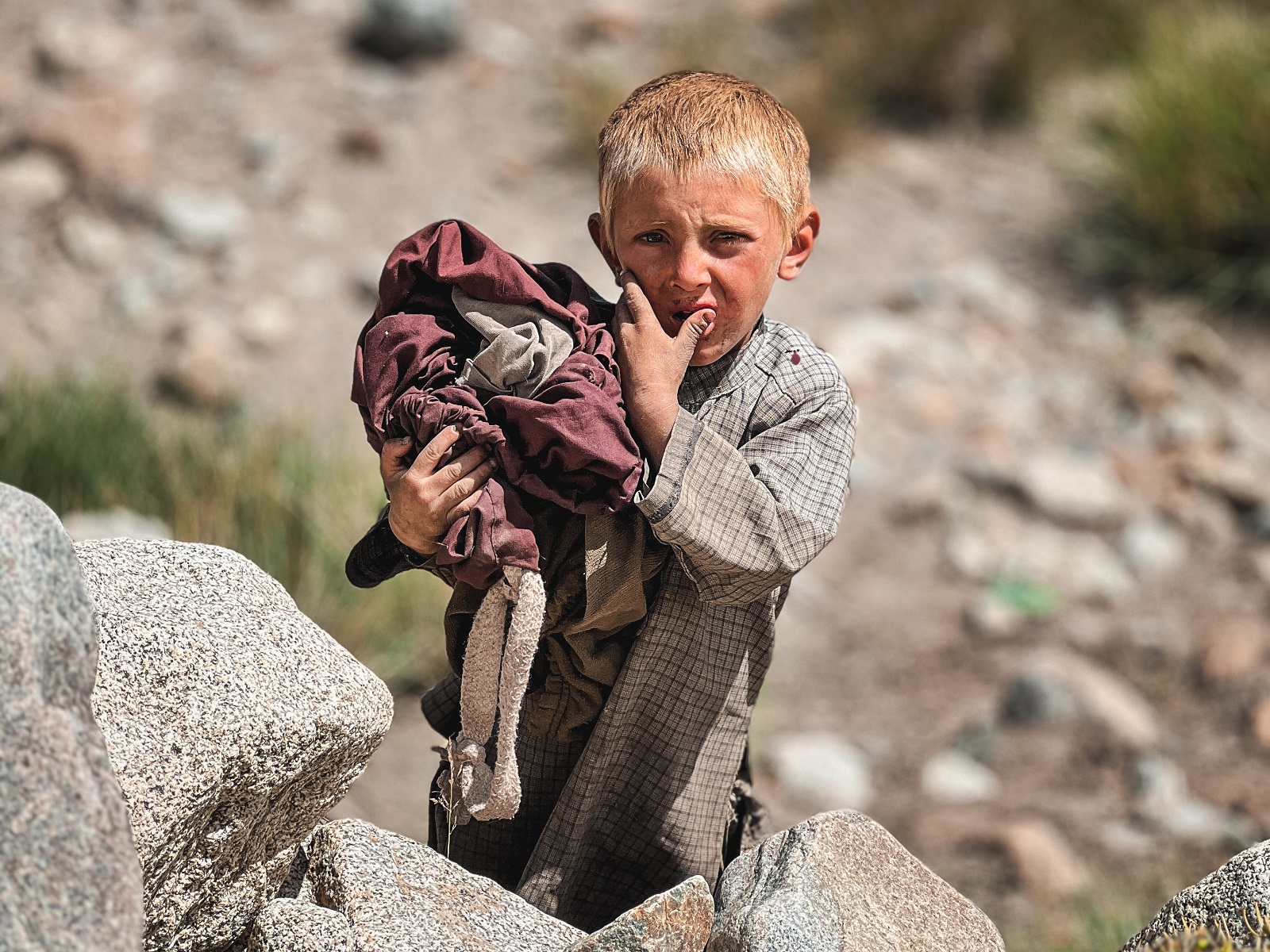
(Courtesy Emran Wadan)
The rugged attraction and cultural richness of the Wakhan Valley entice adventurers and explorers looking for isolation and a glimpse into a lost past.
The Wakhan Valley is also historically significant since it was formerly an important section of the ancient Silk Road, which connected the East with the West. Today, it remains a cultural crossroads where numerous ethnic groups, including the Wakhi and the Kyrgyz, maintain age-old traditions and a distinct way of life.
Wadan’s lens doesn’t simply capture the external landscapes. It captures the resilience and spirit of the Afghan people
Sadia Hashmi, a Kabul-based law graduate and women’s rights activist, told The Media Line, “Wadan’s lens doesn’t simply capture the external landscapes. It captures the resilience and spirit of the Afghan people.”
She noted that Wadan’s work “encapsulates the vivid tapestry of Afghanistan’s history and its people, reminding us that beyond the headlines of battle lies a nation with a mosaic of ethnicities, traditions, and stories waiting to be heard.”
Afghanistan has long served as a melting pot for a diverse range of ethnic groups and civilizations.
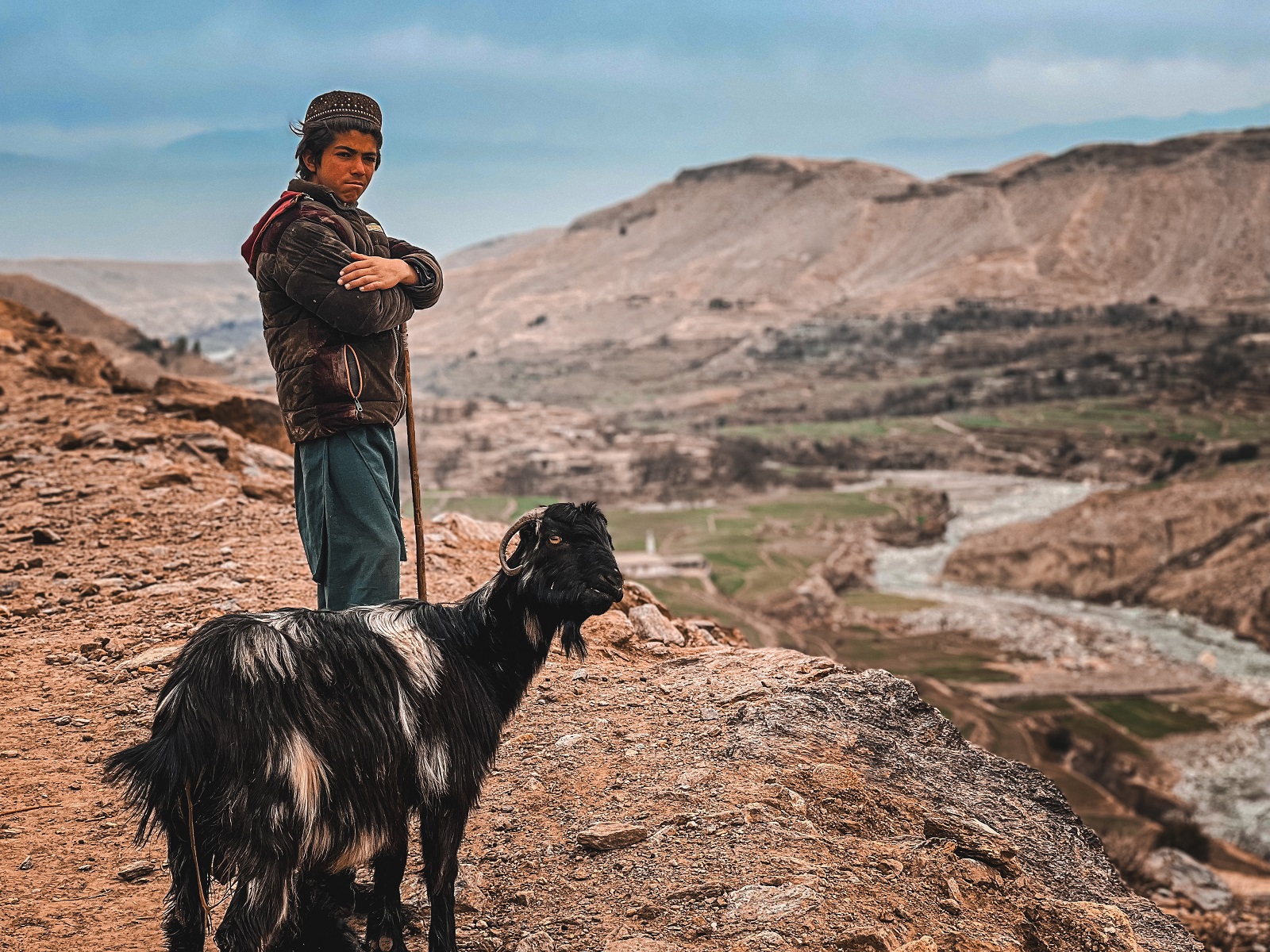
(Courtesy Emran Wadan)
The country’s largest ethnic group is the Pashtuns. They are concentrated in the south and east of the country. The Tajiks are the second largest ethnic group, concentrated in the country’s north and northeast. The Hazaras are the third largest ethnic group, making up about 10% of the population. They are concentrated in the center of the country.
Other major ethnic groups include the Uzbeks, Turkmens, Baluchis, Nuristanis, and Aimaqs.
The ethnic groups of Afghanistan have their own distinct languages, cultures, and schools of thought.
The ethnic diversity of Afghanistan has been a source of both strength and weakness. It helps to create a rich and vibrant culture, but it has also been a source of conflict, as different ethnic groups have competed for power and resources.
Afghanistan once had a thriving Jewish community as well.
Dilawar Jamil, a former official at the Heritage Foundation, told The Media Line that the city of Herat once had a large Jewish population, all of whom have now left for Israel or the US.
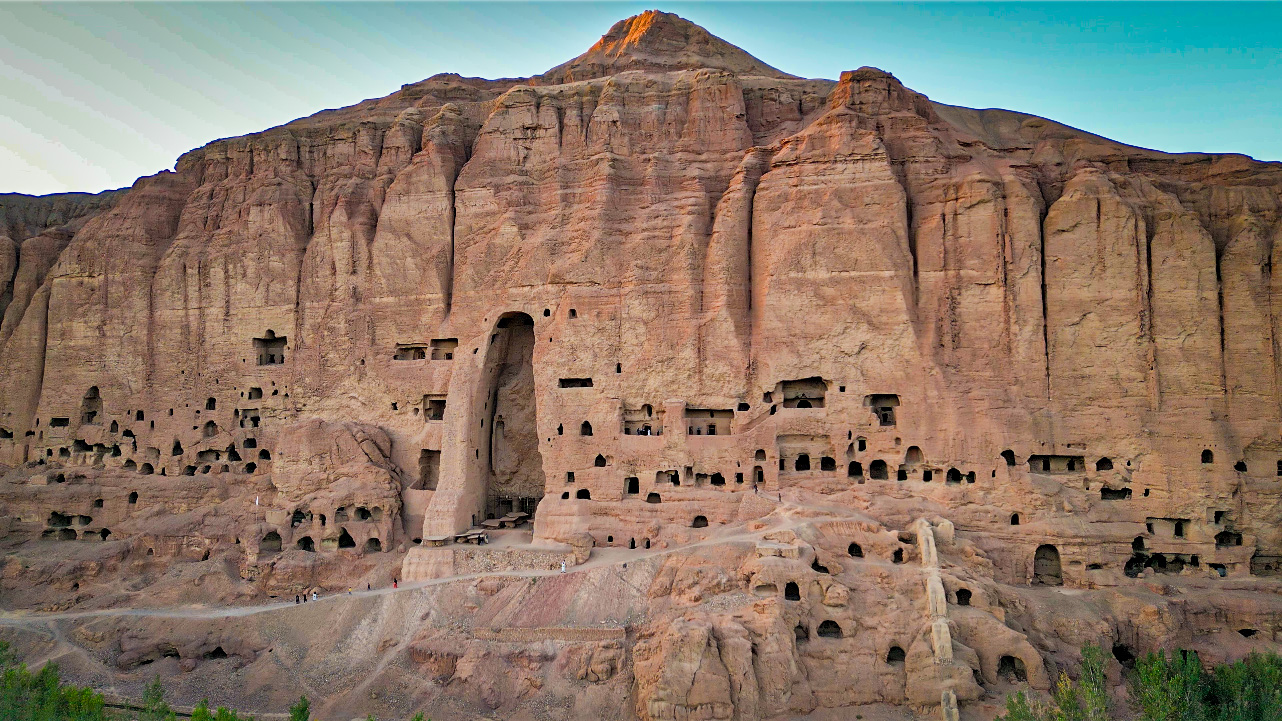
(Courtesy Emran Wadan)
Herat is still home to a Jewish cemetery dating to the 16th century, which is estimated to contain the remains of over 5,000 Jews. It also houses an ancient synagogue, which the Taliban declared a historical heritage last year, pledging a huge amount of money for its renovation.
Although all of Afghanistan’s Jews have fled the country, with most now residing in Israel, Jamil said that Afghan Jews were once well accepted in the country. “Muslims and Jews coexisted in harmony,” he said.
Wadan’s work is shedding light on some of these overlooked aspects of life in Afghanistan.
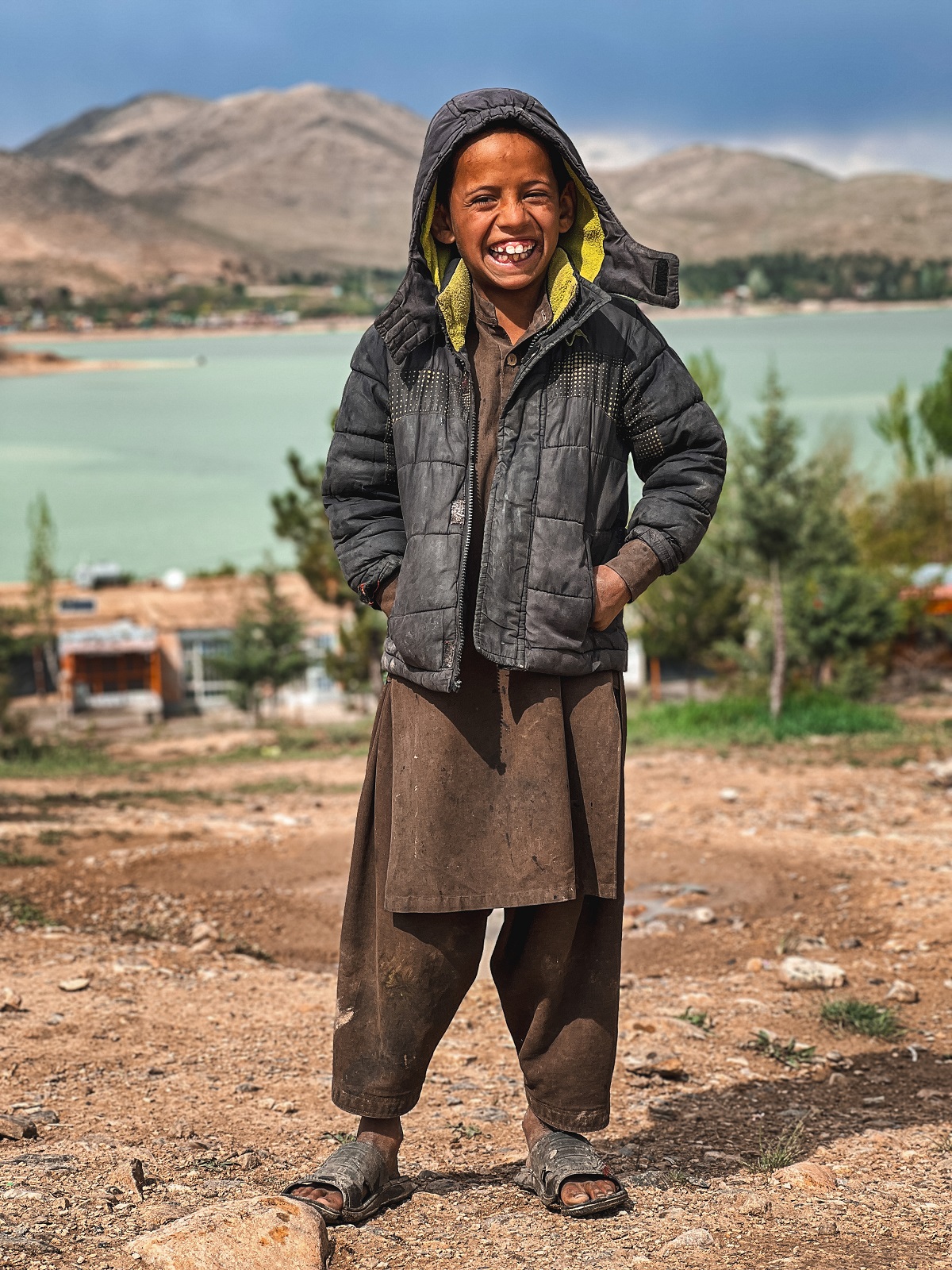
(Courtesy Emran Wadan)
“Through each snapshot,” Hashmi said, “he gives voice to those who have been silenced for far too long, inviting the world to see Afghanistan not through the lens of conflict, but through the prism of humanity and hospitality.”

